The Sun Finally Shines on Healy
Until today, the research team has suffered through 48 days of rain since the summer research season began in April. Today, perhaps, just perhaps, my New Mexico karma has brought some sun to stay for a while in this very soggy land.
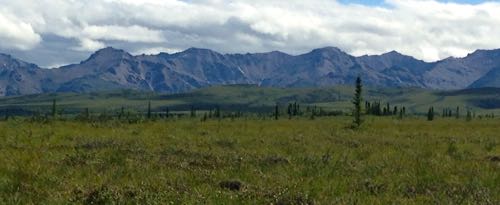
What Does CiPEHR stand for?
After I walked from Antares to Regulus in the soft morning light (about 3 miles - trying to keep up my walking) the research team and I shared a crepe breakfast and then we gathered equipment, our lunch and rain gear and drove a couple miles down the road to our CiPEHR field site. CiPEHR stands for "Carbon in PermafrostPermanently frozen ground. Experimental Heating Research".
Meet the Team
Marguerite Mauritz heads up the team. Meghan Taylor, Emily Romano, Justin Ledman, and Michael Duric make up this talented and friendly group, all working together to collect and analyze data, as well as service and maintain the technology necessary to keep the science running smoothly.
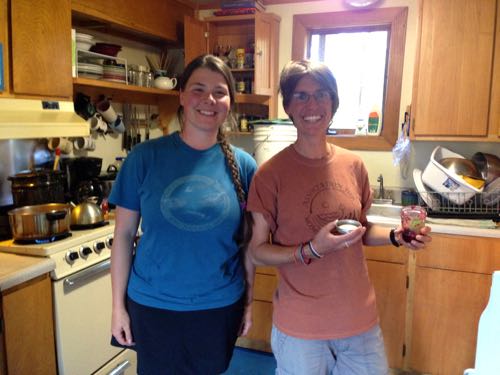
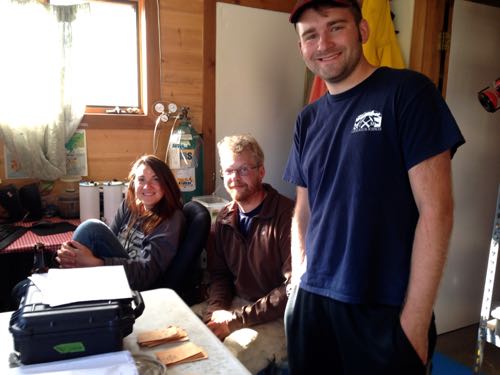
Refresher on What the CiPEHR Research Aims to Understand
As the climate of the planet warms, the temperature of the arctic and subarctic regions will increase more quickly than the temperature of the temperate or tropical regions of the earth. For this reason, it is important to understand how the quickly increasing arctic temperature will impact the permanently frozen soils that make up this system, and how this thawing permafrost will influence the global climate. Increasing temperature will increase soil decomposition of organic matter, resulting in a release of carbon dioxide (CO2). However, increasing atmospheric temperature also means that plants will take up more carbon dioxide as photosynthetic rates increase. Understanding the balance of CO2 release to CO2 uptake will help scientists and policy makers understand whether arctic heating will cause a catastrophic positive feed back loop, (more heating = more CO2 release into the atmosphere = more heating etc., etc.).
Increasing Temperature Also Means Increased Drying
In addition to understanding how increasing temperature impacts the tundra, Marguerite and her team are also conducting an adjunct study to understand how increasing drying in the tundra soils will influence the carbon balance. Increased drying will result from increased evaporation, but more importantly from increased drainage of the arctic soils. Frozen soils are a barrier to water drainage, and once permafrost thaws, the underlying gravel layers will quickly drain the water from the system.
The Research Day Begins with Bog Oil!
I donned the rubber boots, the back pack and then helped to carry some of the equipment out to the site. On the path to the site, Marguerite pointed out the "bog oil", a phenomenon that I had encountered earlier on my journey on the tundra, and wondered about this strange apparition. Marguerite explained that bog oil results from a bio-chemical reaction in water-saturated soils that have a high iron content. Microbes in the soil reduce the iron which then produces an organic compound which rises to the water's surface and appears as an oily sheen.
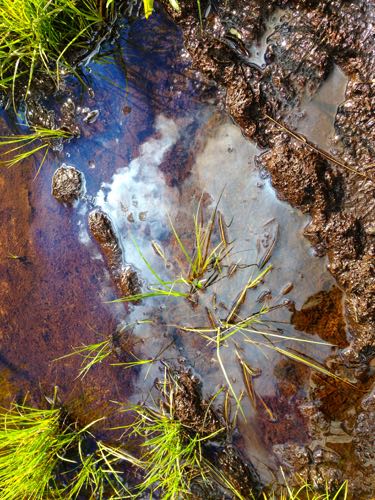
Research Plots for CiPEHR/DryPEHR
The CiPEHR research intends to model future climate change in the tundra by artificially warming each of three replicate tundra plots. Each plot has 4 treatments; air warming, soil warming, air AND soil warming, as well as a control, (which means that nothing is done to the plot and therefore is used as a comparison to the treated plots). Replicates in research sites are important so that treatment results are not influenced by natural variability that may exist in the plots.
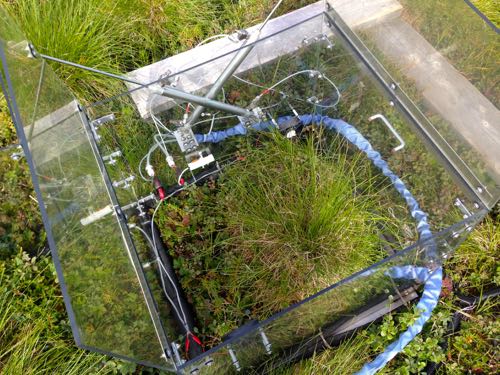
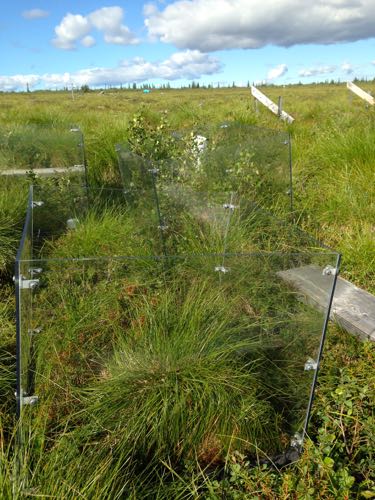
Today's Tasks
Learning how to walk on narrow board walks through the fragile tundra was my first task. This task will take some practice to be proficient enough in order to keep up with the team. Marguerite manages to walk fast, not trip or loose her balance all while carrying a large, awkward load!
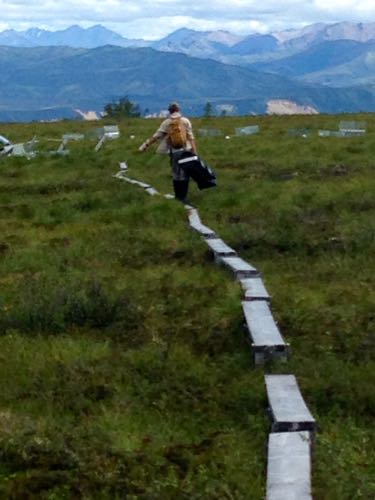
Next week, Marguerite and I will be pulling gas samples to analyze CO2 levels from the tundra soil. We will pull gas samples at a 10 cm depth and also at 20 cm. So today, we spent the morning preparing for next week's gas collection by checking the gas wells to insure that each seal is secure (to prevent leakage) and also to see if the soil is saturated with water. Gas samples cannot be taken from water-logged soil. You can see that monitoring these miniature gas wells without disturbing each plot takes some flexibility and gymnastics.
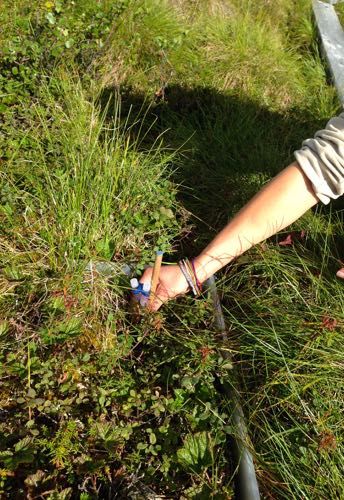

The rest of the research team spent a good portion of their time checking the electronics and pumps. The equipment is run on solar energy and the systems must be checked and repaired. Justin, Michael, and Meghan worked to figure out why one of the fuses had blown so that it did not happen again and cause some major damage to the system.
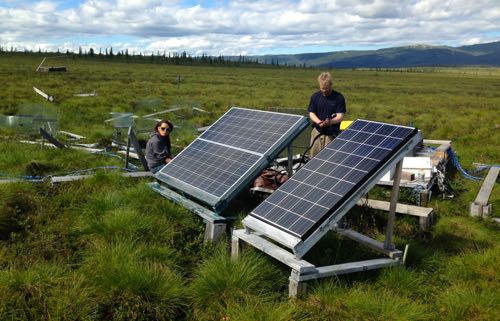
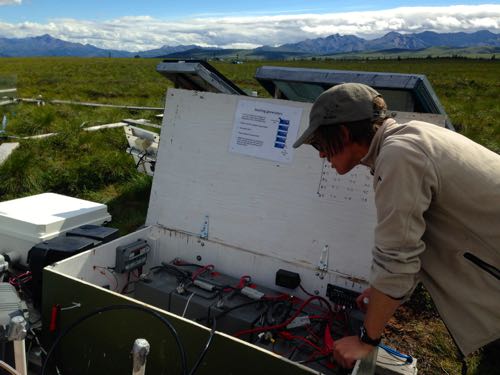


Comments